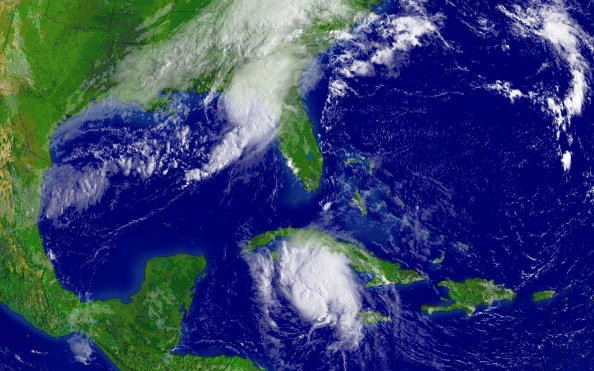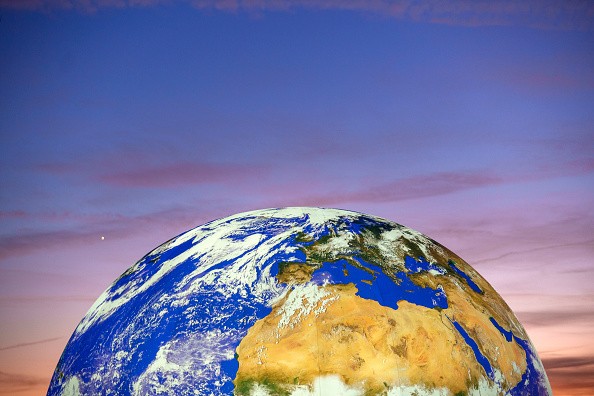The new supercontinent Amasia is expected to form based on the findings of a study.
Involved researchers used a supercomputer simulation to show this giant land mass could form.

Scientists at Peking University in China and University in Australia explained that the Pacific Ocean might be receding around an inch each year.
Because of this, they believe that America and Asia will soon combine, forming the new supercontinent Amasia, as reported by Wion.
Supercontinent Amasia Expected to Form?
According to SciTech Daily's latest report, the supercontinent may take around 200 to 300 million years to form.

Also Read : NASA Hubble's 3D View of Cat Eye Nebula May Have Unveiled Double Stars Hidden in its Heart
Dr. Chuan Huang, the lead author of the new study, said that their findings from the supercomputer simulation could help experts to know what might happen to Earth after the next 200 million years.
"Over the past two billion years, Earth's continents have collided together to form a supercontinent every 600 million years, known as the supercontinent cycle," said the researcher from Curtin's Earth Dynamics Research Group.
He added that existing continents might create a new supercontinent after a couple of hundred of million years.
On the other hand, other involved researchers claimed that Amasia might form on top of the Earth, around the south of the equator.
Other Things Revealed by the Simulation
Dr. Huang said that they used the supercomputer simulation to simulate how the Earth's tectonic plates may evolve after millions of years.
He added that in less than 300 years, the Pacific Ocean would likely close. Once this happens, the Amasia supercontinent could start to form.
Now, if ever their prediction comes true, the Earth will experience drastic changes that could affect life.
John Curtin Distinguished Professor Zheng-Xiang Li, the study's co-author, explained that a single continental mass could drastically alter the environment and ecosystem of the planet.
In other stories, astronomers explained how supernovas may have formed the so-called ultrafast space clouds.
Meanwhile, a new study showed the possibility of space-based advertisements.
For more news updates about the supercontinent Amasia and other related space topics, keep your tabs open here at TechTimes.
Related Article : Supercomputer Simulation Shows Possible Moon Origin; Earth's Natural Satellite Formed Faster?
This article is owned by TechTimes
Written by Griffin Davis
ⓒ 2025 TECHTIMES.com All rights reserved. Do not reproduce without permission.




